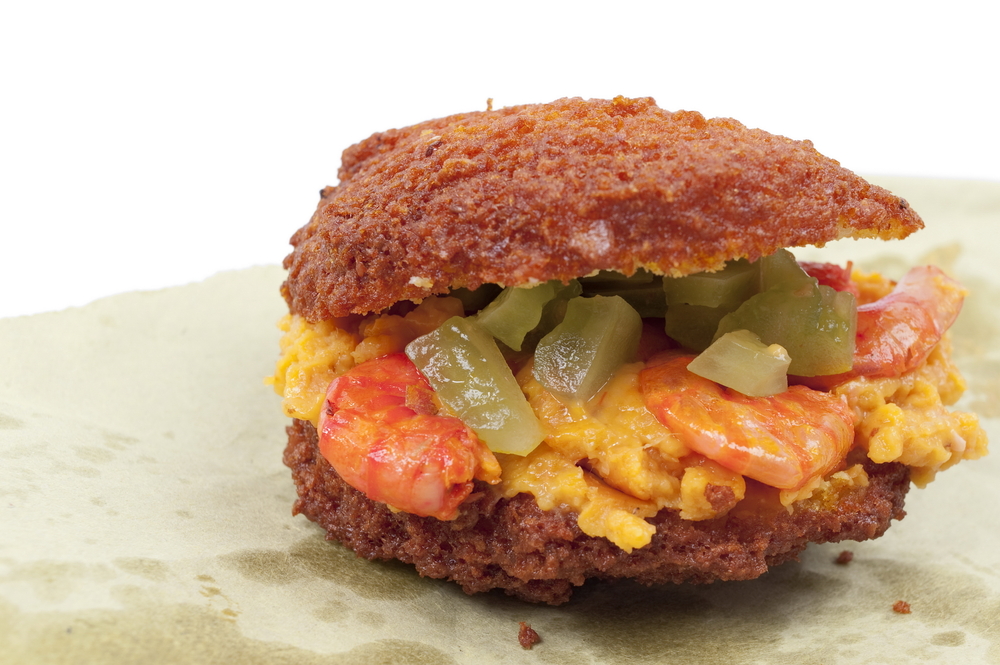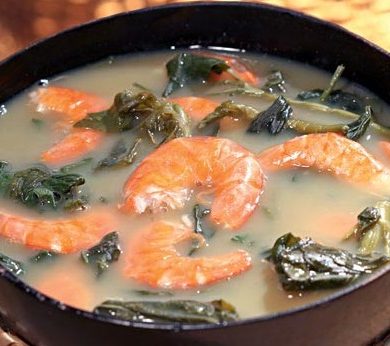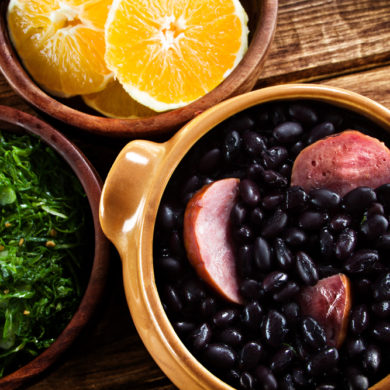In order to produce sugar cane, the rich Portuguese colonists first enslaved the natives of Brazil.
Then, because of the lack of manpower, they had to call on slaves taken in boats from Africa to work on the sugar farms. Africans brought their customs, but also their culinary arts that greatly influenced Brazilian cuisine. Even today, Brazilian gastronomy is strongly influenced by that of Africa.
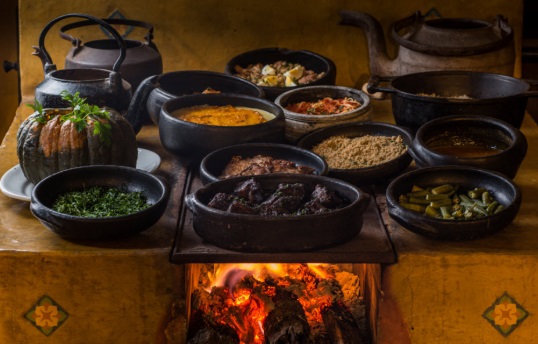
Bahian cuisine, characterised by a strong African influence
It is in the Nordeste, more precisely in the region of Salvador de Bahia, that the African influence predominates in the local gastronomy. In the Bahian cuisine, there are many ingredients brought directly from Africa by Portuguese settlers. This is the case for banana, yam and okra for example. Despite this, most African-influenced dishes use also South American foods such as beans, corn and cassava.
We find the legacy of these origins even in the name of the Brazilian dishes, most often a mixture of Portuguese and African.
The centre of Brazil was also exposed to African influence, due to the large number of slaves present to exploit the diamond mines. The cuisine from the region of Minas Gerais, is also shaped by the culture of black slaves, mainly from Benin.
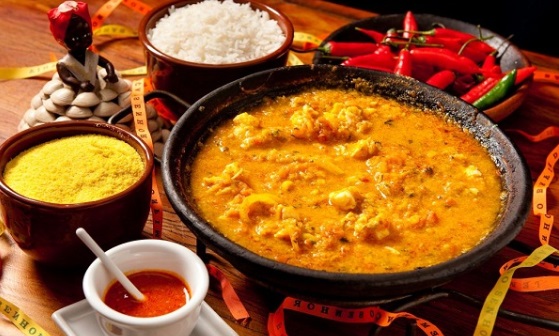
Typical dishes marked by an African presence
Vatapa is the iconic dish of the Nordeste cuisine of Brazil. It is a very spicy cassava flour mixture to which coconut milk, palm oil, cashew nuts and dried shrimp are added. The dish is then garnished with condiments such as onion, coriander or chilli and served with rice.
Another typical dish of the state of Bahia, is acaraje. This ground bean donut fried in palm oil is eaten on the sidewalks of Salvador de Bahia.
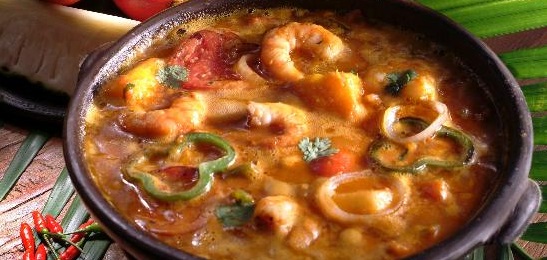
The oil palm, an African import
The famous oil palm, which is used to produce palm oil, is not a Brazilian species. It was introduced to Brazil at the same time as African slaves in the sixteenth century. The use of palm oil first pervaded Brazilian cuisine before becoming the most consumed oil in the world, adopted massively by industry for its low cost of production and its high quality of preservation. It is also an ingredient of a dish symbololic of the Bahian cuisine, Moqueca de peixe com camarão , a delicious stew of fish and prawns with coconut milk.
